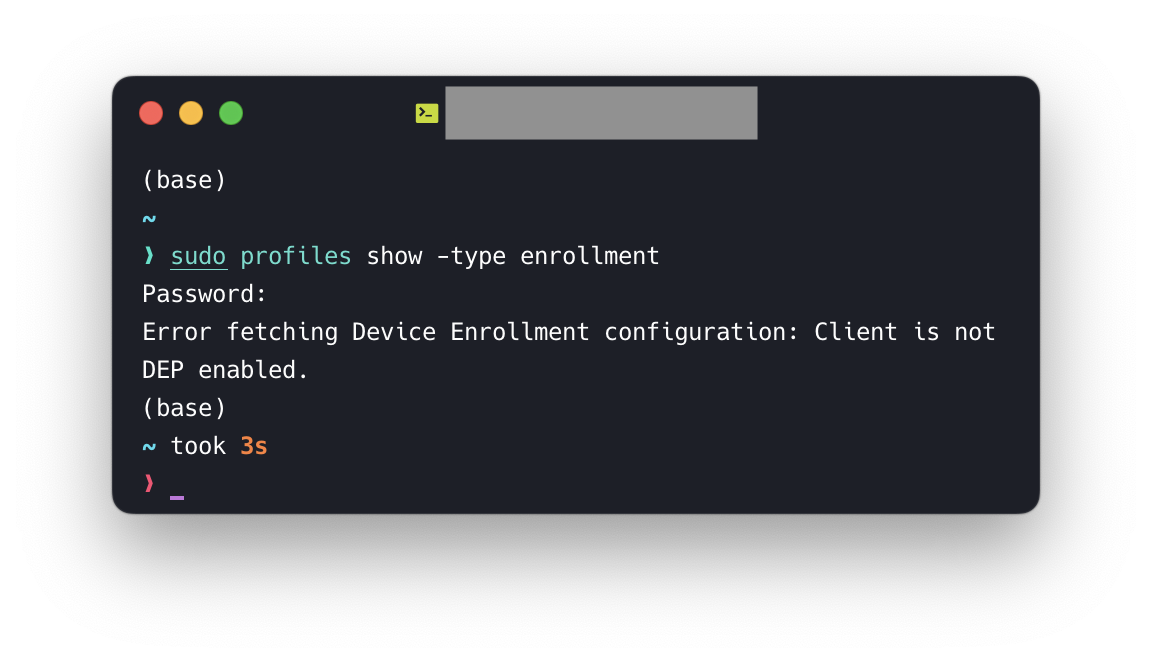I. 引言:网站内容保护的挑战在
#
数字时代,在线内容的价值日益凸显,但同时也面临着前所未有的脆弱性。数字信息的便捷性使得复制和传播变得轻而易举,这给内容创作者带来了知识产权盗窃、抄袭和收入损失等诸多问题。因此,网站所有者和内容创建者越来越关注如何有效地保护其在线内容。本文旨在探讨防止网站用户复制内容以及追踪此类尝试的各种方法。
II. 复制预防的技术实现
#
A. 使用 CSS 禁用文本选择
#
body {
user-select: none;
}
虽然 JavaScript 也可以用于禁用文本选择(通过处理 selectstart 事件),但通常首选 CSS 方法,因为它更简单且效率更高。值得注意的是,即使使用 CSS 阻止了视觉上的文本选择,底层的文本内容仍然可能通过编程方式被访问。这意味着基于 CSS 的预防主要是针对普通用户的威慑,而不是一种强大的安全措施。
B. 使用 JavaScript 阻止右键单击上下文菜单
#
阻止用户右键单击网页是另一种常见的防止内容复制的技术。JavaScript 提供了多种方法来实现这一点。最常用的方法是使用 contextmenu 事件。当用户尝试右键单击页面上的某个元素时,会触发此事件。通过 JavaScript 拦截此事件并阻止其默认行为(显示上下文菜单),可以有效地禁用右键单击功能。
document.addEventListener("contextmenu", (event) => event.preventDefault());
此外,还可以使用 oncontextmenu HTML 属性直接在 HTML 元素中禁用右键单击,例如:
<div oncontextmenu="return false;"></div>
虽然这种方法更直接,但不如使用 addEventListener 灵活。addEventListener 通常被认为是处理 DOM 事件的更现代和更灵活的方式。
值得一提的是,CSS 也可以通过 pointer-events: none; 属性禁用右键单击功能。然而,这种方法的一个主要缺点是它也会禁用所有其他指针交互,例如点击,这在许多情况下是不可取的。因此,对于禁用右键单击上下文菜单,JavaScript 通常是更实用的选择。
阻止右键单击通常被用作防止用户轻松访问文本和图像的"复制"选项的一种手段。
C. 阻止键盘复制快捷键(Ctrl+C 等)
#
除了禁用文本选择和右键单击之外,还可以使用 JavaScript 来尝试阻止用户使用键盘快捷键复制内容,例如 Ctrl+C(在 Windows 上)或 Command+C(在 macOS 上)。这通常通过监听 keydown 或 keyup 事件来实现。
...
